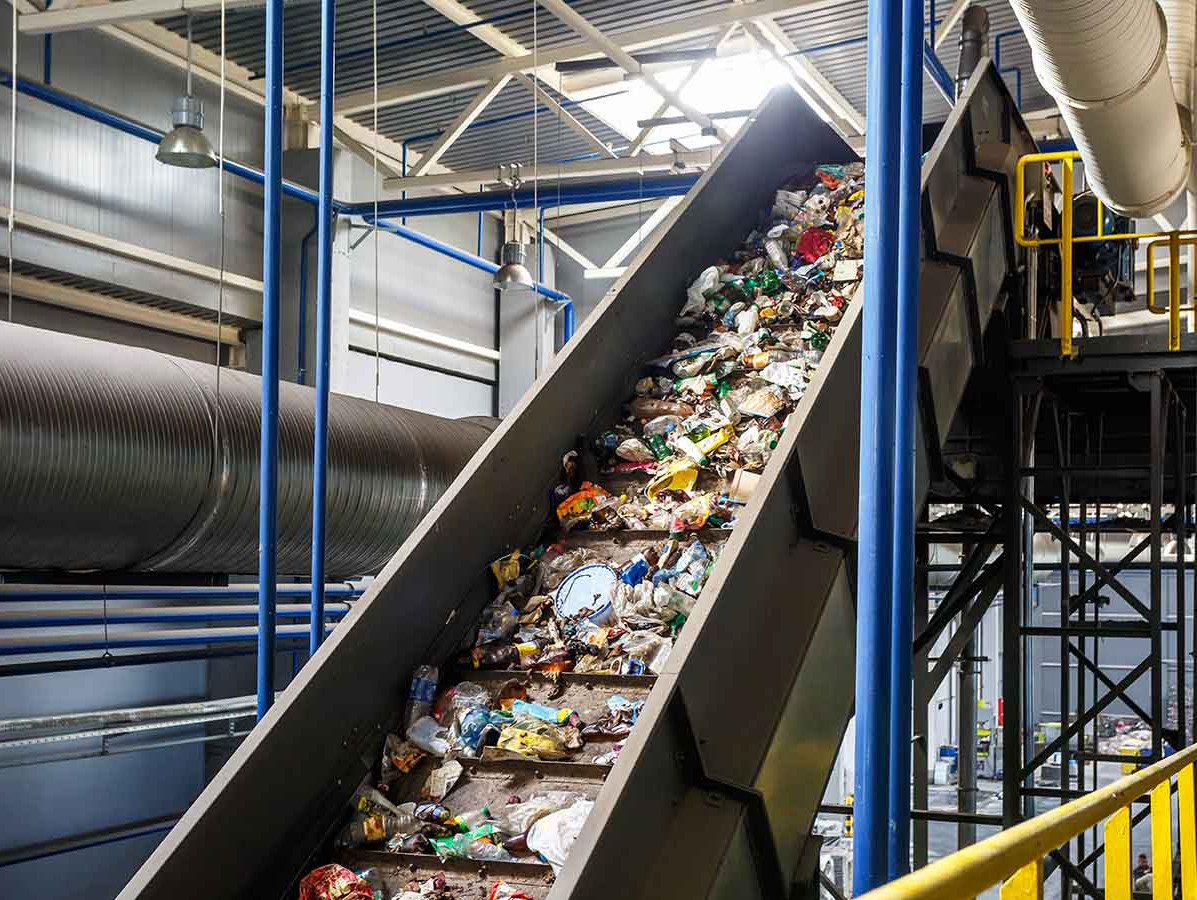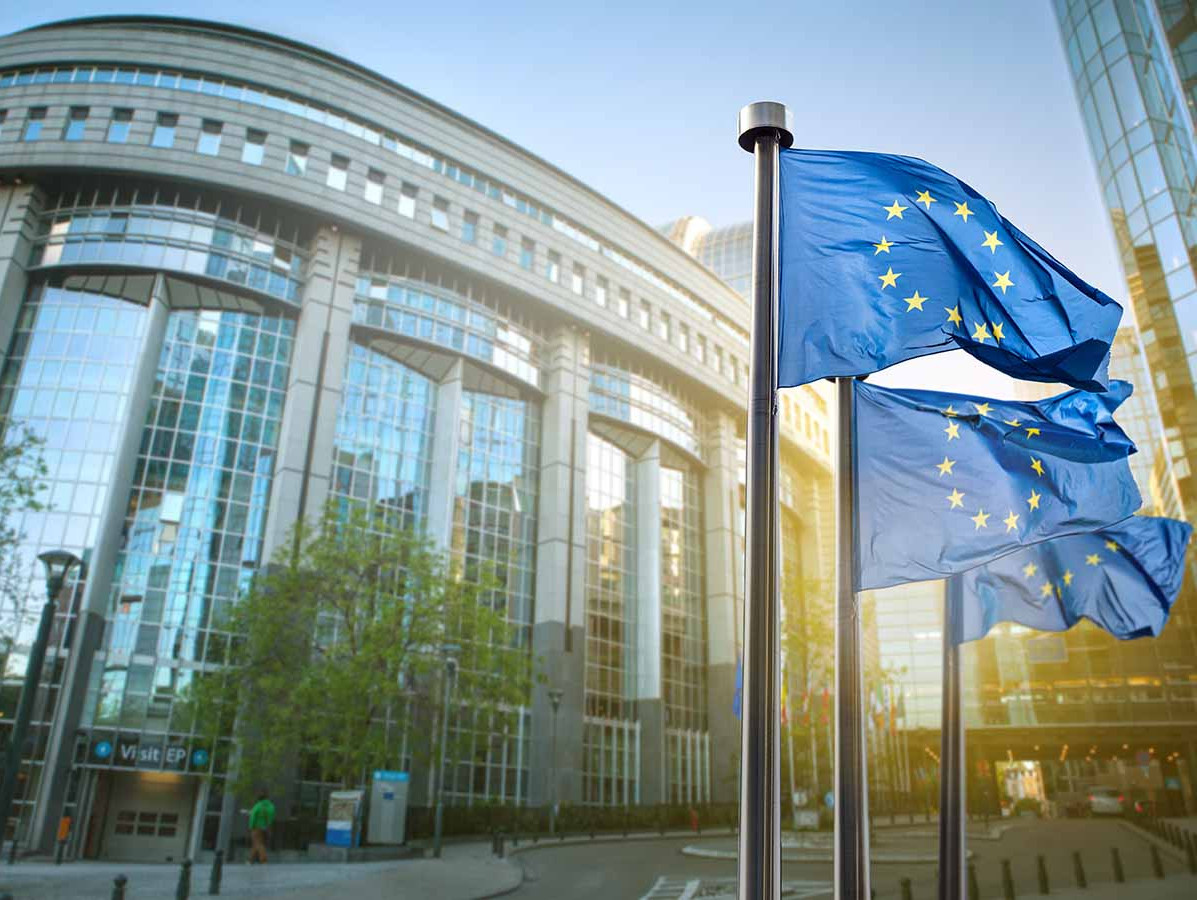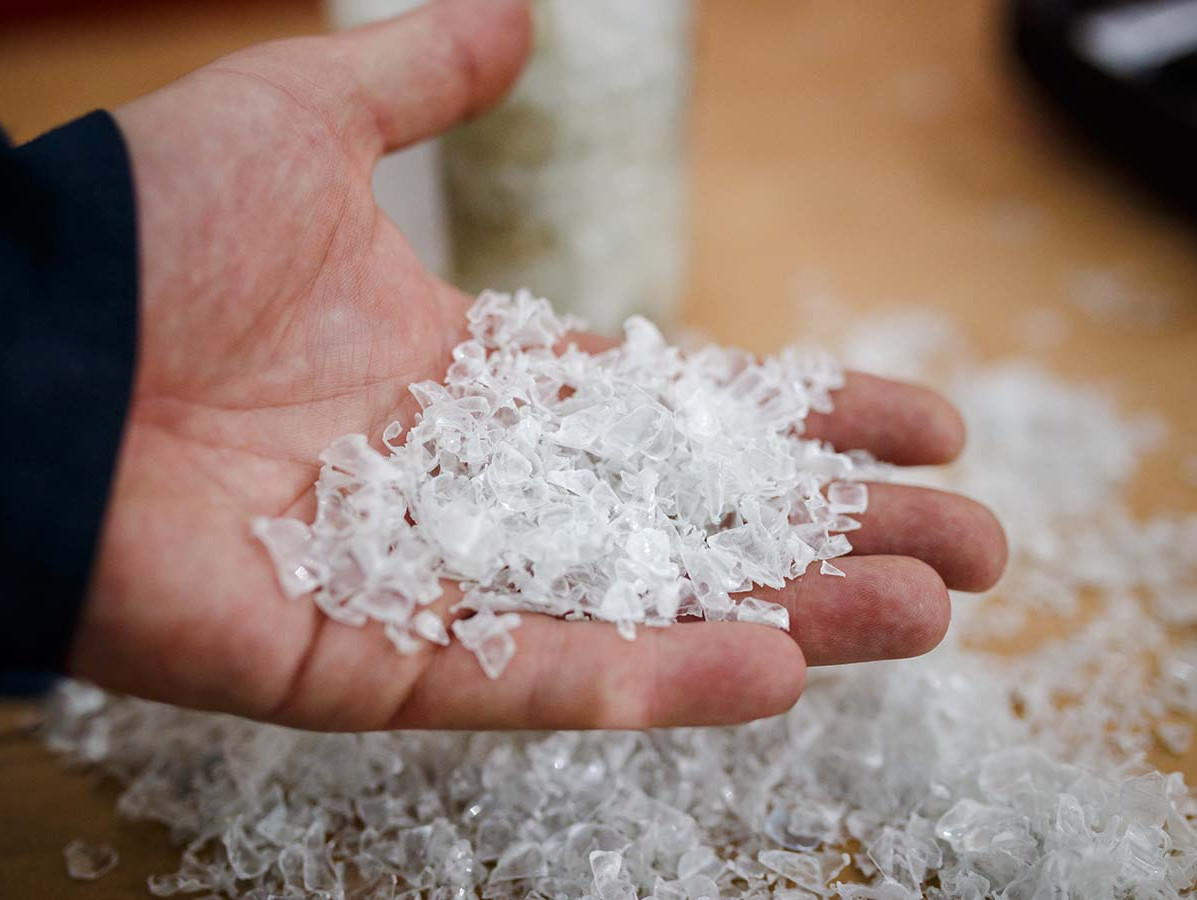
In early 2024, the European packaging and packaging waste regulation and the Dutch circular plastic standard are nearing completion. Although negotiations are still ongoing regarding their content, it is clear that both the European and Dutch governments are taking decisive action in regulating packaging use. The impact on the food industry is significant.
Roughly two-thirds of all plastic packaging protects food products. Therefore, a substantial portion of the new objectives set out in these regulations (the NCPN and PPWR - see box-) must be achieved by food packaging.
EU directive 2022/1616 regulates the use of recyclate in food packaging. Currently, it almost exclusively allows the use of recycled PET, decontaminated using approved technology. This poses a problem. Approximately three-quarters of plastic food packaging is made from other plastics (primarily polyethylene and polypropylene). For these materials, no decontamination techniques have been deemed 'suitable', thus they are not yet approved for creating food-safe recyclate. This creates a conflict between the goals of a circular economy and food safety. It is up to the politicians to balance these interests, but the issue is being placed on the shoulders of the industry.
Meanwhile, the recycling industry faces tough times: lots of cheap Asian and American new plastics are pouring into the European market, while energy and labor costs are historically high. Two recycling companies have recently gone bankrupt. More may follow if there is no intervention. Here too, the policy goals of a circular economy versus a free market are in conflict. And again with the political sphere leaving the solution to the industry.
Packaging technologists are diligently working to make the Dutch portfolio of millions of different packages more recyclable. Sometimes these changes are seamless, but often they involve overcoming dilemmas; balancing product shelf life and/or packaging recognition against recyclability. Various retailers are experimenting with reusable packaging, though it is not yet popular among consumers. Some companies, mainly non-food, have even managed to innovate packaging out of existence. Notable examples include shampoo blocks, laundry detergent strips, and very recent; tap points for car coolant at gas stations. In short, we are on a roll. However, there are plenty of companies with other priorities, or where adjustments are challenging. This is frustrating for committed designers. The end result is a sum of all efforts, which is currently underwhelming.
Not only is the packaging industry divided on the way forward, but other stakeholders in the plastic packaging system also have differing views on what can and should be done. The petrochemical industry aims for the pyrolysis of plastic waste to become part of the material cycle. Recycling companies are desperate for mandatory recyclate usage. They seek clarity on the application process for approving decontamination technology to create food-safe recyclate. Supermarkets prefer not to expand the deposit-return system any further. National and European governments expect a 'circular economy' should be created as soon as possible, and for the packaging industry to sort it out themselves. They fail to understand that their own regulations are currently a major obstacle to this transition.

Despite this complex web of interests, there are opportunities for fundamental changes. The conflicting legislation can potentially facilitate the adoption of innovations to close more packaging loops. Specific sorting plays a key role in this. In the future, everything will be circular in material cycles, with losses compensated by renewable resources. This is also known as being fossil-free or carbon-neutral. To achieve this desired situation, there are several challenges. One of them is finding a way into the current fossil-based system to integrate new materials (both biobased materials and recyclate). Fortunately, new scientific insights provide a pathway.
In mid-2023, a shock came. Elisa Mayrhofer and Christian Kirchnawy (1) from Vienna reported strong mutagenicity in several recyclates made from printed packaging. The preliminary hypothesis is that nitrocellulose-based inks are converted into numerous nitrosamines during the extrusion of recyclate, accelerated by the common pigment titanium dioxide. The correlation between the presence of this ink in the raw material and the mutagenicity (the ability of a substance to cause changes [mutations] in DNA) of the recyclate after extrusion has been demonstrated. Work is now underway to also prove causality. Since nitrocellulose is by far the most common binder in printings, especially on foils, this discovery has significant implications. If mutagenicity is indeed confirmed, the design-for-recycling guidelines will need to be revised. Nitrocellulose itself or combinations of nitrocellulose with other substances may end up on a negative list. Alternatively, it may be required that foil must be completely de-inked before being extruded, which is far from simple, especially since some foils are constructed with the printing as an inner layer, making them difficult to de-ink.
This case is important for two reasons. Firstly, employees of recycling companies and plastic processing companies may have been unintentionally exposed to mutagenic substances for the sake of circularity. Secondly, this example shows how complex the chemistry of recycling processes is and how little we actually understand. The toxic end effect is only reached after thermal processing in an extruder of a packaging waste stream containing at least nitrocellulose, and possibly other substances. This is a relatively rare example of neo-formed contaminants, a phenomenon only recently discovered. Regrettably, our current food contact materials legislation does not yet take this into account.
Europe has very restrictive legislation for producing food-safe recyclate. Fortunately, it has prevented this application, unfortunately for the wrong reasons. Thus, this legislation is not functioning properly, which has been established several times since 2017. Since then, a protracted revision process has been underway. Hopefully, this new phenomenon will be included. If the revision leads to more fact-based legislation and less reliance on precautionary principles, it could accelerate the development of a circular economy for packaging.
Meanwhile, several research groups have investigated the effectiveness of decontamination technologies for polyolefins. A consistent picture has emerged on the extent to which volatile substances can be removed from recyclate. Washing with water only removes polar substances. To remove non-polar substances, gas stripping, liquid extraction, or dissolution (separation using a solvent) is necessary. Since achieving very high removal percentages (>95%) is challenging, it is crucial that the raw material is as unpolluted as possible.
In the context of 'prevention is better than cure', it is important to ensure that different types of packaging and product residues contaminate each other as little as possible. The routes through which recycled plastics become contaminated are currently being investigated. In general, it is wise to sort packaging as early as possible to prevent cross-contamination. This prevents, for example, volatile substances from hand cream or lubricant residues from ending up in food packaging. The crux is to only remove the desired (food) packaging from the PMD. This can potentially be done with digital watermarks or markings. An advanced example is the Curvcode. When this stream is then decontaminated in the right way, very clean recyclate is obtained. Combining this raw material with the right decontamination technology has a good chance of receiving a positive opinion from EFSA (European Food Safety Authority) in the future; thus being listed as 'suitable technologies'. Much will depend on the as-yet unpublished guidelines and the still unknown assessment protocol EFSA as a follow-up. It seems that we can make the best recyclate (via mechanical recycling) from polyolefins.

With these new insights, it becomes possible to produce very high-quality recyclate and potentially close packaging loops. This can only succeed if stakeholders unite and carry out this task together. The entire packaging chain must professionalize: from design to sorting, decontaminating, and recycling. It is a task for all involved, including policy officials and risk assessors.
The core is that well-designed packaging with known product residues is sorted and recycled separately to the highest possible quality. This can lead to food-safe recyclate after all procedures are completed. Focused sorting of only the intended packaging is crucial. This innovation can be operational within a few years, although the business case may be challenging. More specific sorting offers not only opportunities for the food-safe recycling of polyolefin packaging. It can also help, for example, to produce more transparent rPET from PET trays. Packaging that is not fully designed for recycling or has contained non-food products can be processed together into the usual plastic recyclate.
For post-separated plastics, producing food-safe recyclate will inherently be more challenging, due to the current (unsubstantiated) exclusion in the European directive. The question is whether we should strive for this. Alternatively, complete depolymerization of PET waste offers a reliable but costly route. For post-separated polyolefins, only the pyrolysis route is a conceivable option. However, both the yields and the environmental benefits are limited.
Although much is still unclear about the approval procedures for food-safe recyclate, we can now take steps to produce as clean recyclate as possible. More specific sorting is essential in this regard. This prepares the plastic system for the future. In the long term, biobased plastics can also be integrated into the system. This way, we gradually move towards a fossil-free system. And we meet the future requirements in the PPWR and the NCPN.
The Dutch circular plastic standard (NCPN) aims to ensure that all plastic items manufactured in the Netherlands contain a certain percentage of recycled or renewable plastic. The current target percentage for 2027 is 15%, with the intention that this figure will gradually increase over time, to 25-30% in 2030.
The European packaging and packaging waste regulation (Packaging & Packaging Waste Regulation -PPWR) specifically addresses packaging and pursues various goals. The main goals are that packaging must be more recyclable, made with a portion of recyclate, that some of the packaging must be reusable, and that at the member state level, packaging use per capita must decrease. These objectives are then to become mandatory by 2030.
Reference
Source: Vakblad Voedingsindustrie 2024